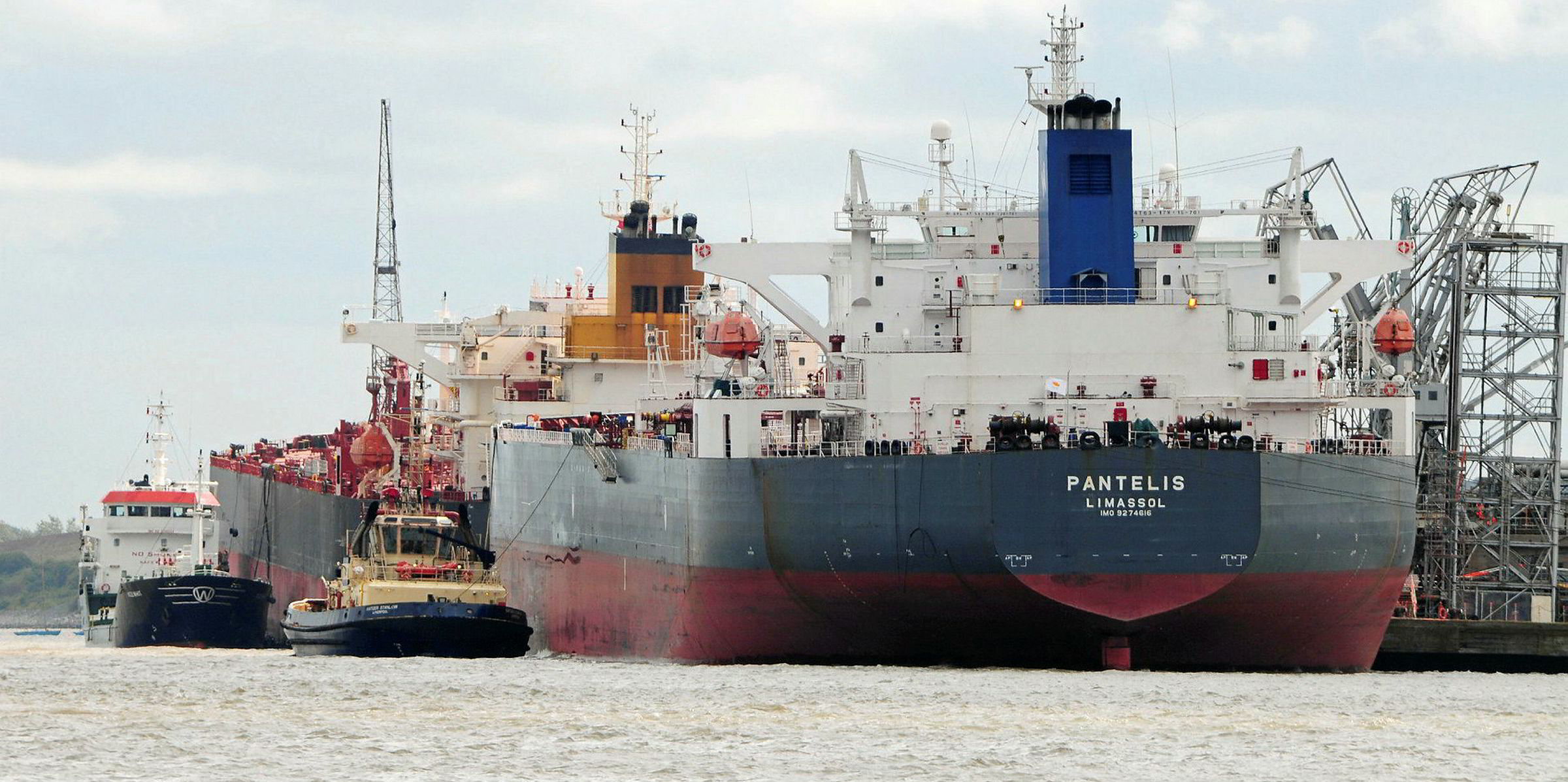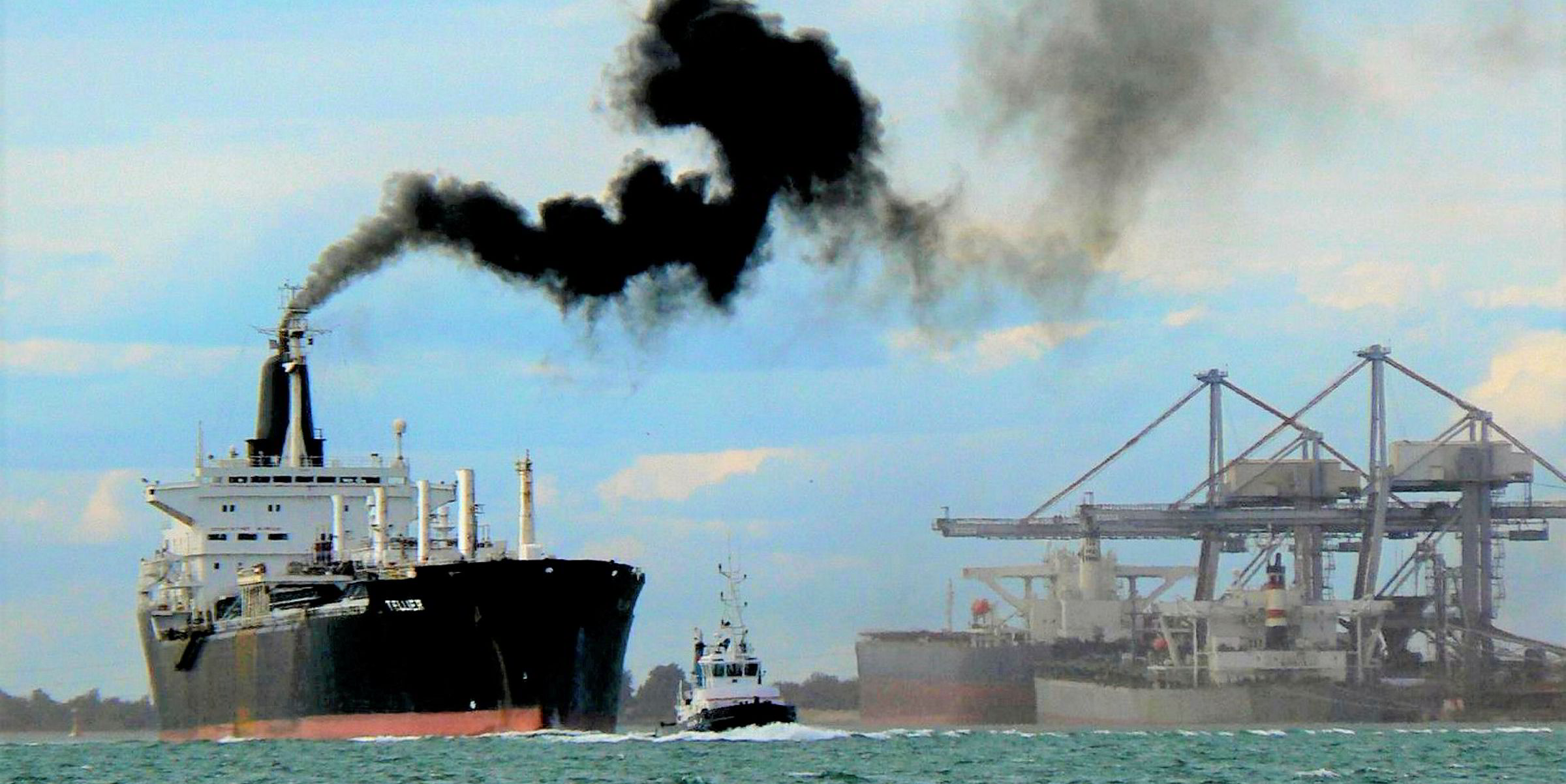Shipping lawyers are already dealing with cases arising from the IMO 2020 sulphur cap in what has been described as a "massive dilemma" for the industry.
One legal source told TradeWinds: "It's coming down the track big time. It could take a couple of years for all this to settle down."
Charter disputes are forming the initial claims, where costs have risen over the contracted term due to the higher cost of compliant bunkers, sources said.
But future rows are almost certain to relate to the actual sulphur content of bunkers and how this is tested.
Alessio Sbraga, a partner at law firm HFW's global shipping group who helped Bimco draft its IMO 2020 charter clauses, said: "The frequency, cost and complexity of these cases are likely to rise over at least the next six months to a year as players seek to maintain compliance and protect themselves, despite having sought to minimise their exposure through protective provisions under contracts."
HFW shipping partner Jonathan Webb added: "The additional costs of becoming compliant with the new regulations has become something which the parties are seeking to pass up and down charter chains.
Pending arbitration
"Owners and charterers have inserted clauses in contracts — such as bunker adjustment factors — to deal with these problems. Now it's about interpreting these, with arbitration now looming in a number of cases."
One big case involves a contract of affreightment dispute that could go to arbitration in London at any moment.
Another source said: "Before it got real they were just trying to put anything in these contracts to protect themselves."
Sometimes the bottom line comes down to a clause simply saying a dispute will head to London arbitration.
Lawyers roles' changing
There has been a transition from advisory work by lawyers on charter clauses to potential disputes, starting from November and December last year, TradeWinds was told.
And from late December, there have been difficulties in sourcing compliant fuel including marine gasoil, and deciding how and when a fuel oil non-availability report form should be used.
This is the notification filed to authorities by a shipowner at a port where compliant bunkers are not available.
Then there is the discrepancy between the sulphur-content parameters for commercial samples and the IMO's Marpol regulatory specifications.
Commercial samples are generally tested on the basis of ISO 8217 standards, which allow for an inbuilt tolerance of up 0.53% sulphur content.
But there are now three types of samples that can be used under Marpol: delivered, in-use and onboard.
IMO guidance sets out the verification and testing procedures for each of those samples to verify the sulphur content.
One source said that in essence, the IMO guidance for tests for both in-use and onboard samples mirror the commercial ISO standards with the same inbuilt tolerance.
But Marpol regulatory standards have zero tolerance for the Marpol-delivered sample at 0.5%. The tests for this sample are only available through port state control officials.
"Bunker delivery notes will certify the fuel as having a sulphur content of 0.5% or less (ie often between 0.47% and 0.48%)," one lawyer said.
"But owners' tests then come back higher than this. The grey area is test results of between 0.51% and 0.53%. Where does the blame lie?"
Margins getting tighter
Marcus Dodds, a partner at Reed Smith, said he has heard of some issues arising over suspected instability of new 0.5% sulphur blends.
"Hitting the 3.5% sulphur limit with residual fuels was easy, and one usually saw a broad margin of safety. Hitting the 0.5% limit is more difficult and the margins will be much tighter than in the past, not least for commercial reasons," he said.
"There are so many potential sources for blended fuels and so many refineries to produce them. There is not a single cocktail. We’re still at a very early stage in this story."
Where an issue with a fuel is identified only after it is in service, it is easy to foresee the problems in unravelling how this arose, he added.
"More so if there have been other 0.5% sulphur fuels stored in the tanks since any cleaning was conducted for the transition from 3.5% fuel," he said.








